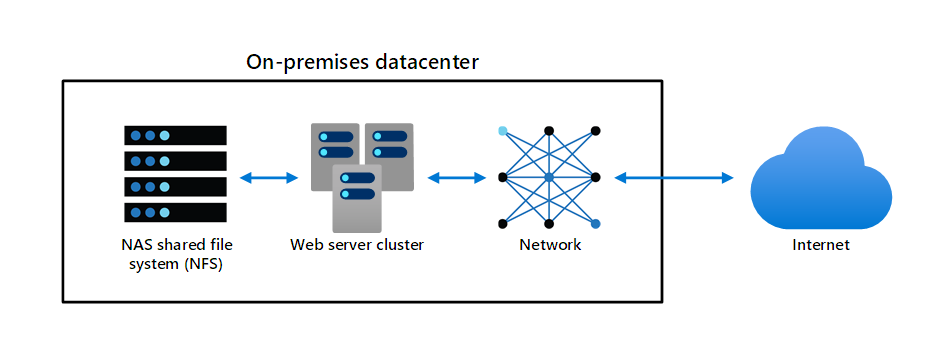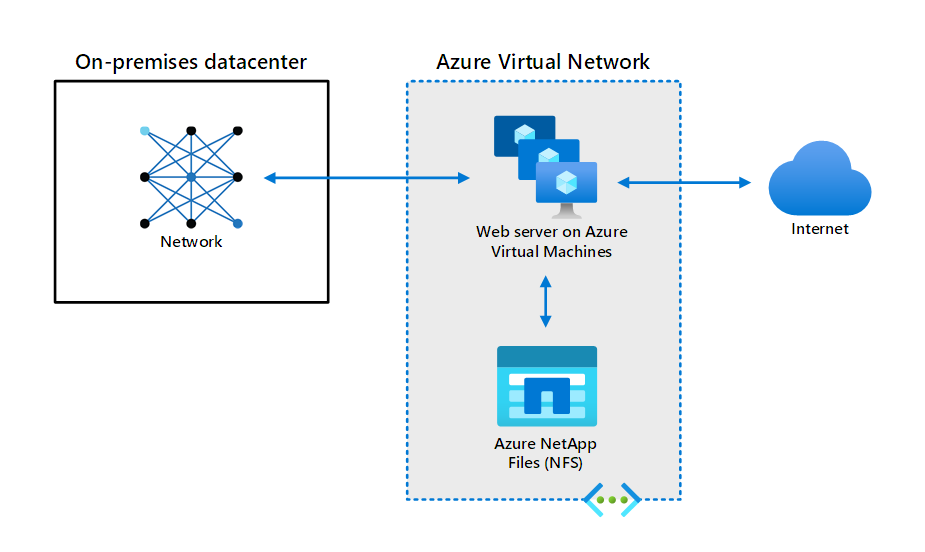Introduction
Implementing an enterprise-class, high-performance workload and application requires enterprise-grade storage performance and high-availability. Most organizations could only achieve this level of performance by using a highly tuned configuration in an on-premises datacenter. Such configurations tend to be inflexible, complex, and expensive. Azure cloud services offer flexibility, simplicity, and cost savings for regular workloads.
Azure NetApp Files allows you to deploy new applications to the cloud without having to refactor and rearchitect. This reduces risk, cost, and migration time. It provides datacenter-quality performance, robust security, and high availability with all the advantages of the cloud.
What will we be doing?
We examine Azure NetApp Files to help you decide if you can migrate your enterprise workloads to the cloud based on:
- Performance: What latencies, throughput, and Network Attached Storage (NAS) protocols are supported in Azure NetApp Files?
- Availability: How available are your workloads in Azure NetApp Files?
- Data management: What tools does Azure NetApp Files offer to manage and protect your data?
What is the main goal?
By the end of this module, you're able to evaluate whether Azure NetApp Files is a viable choice for migrating and running your organization's file-based workloads in Azure.

